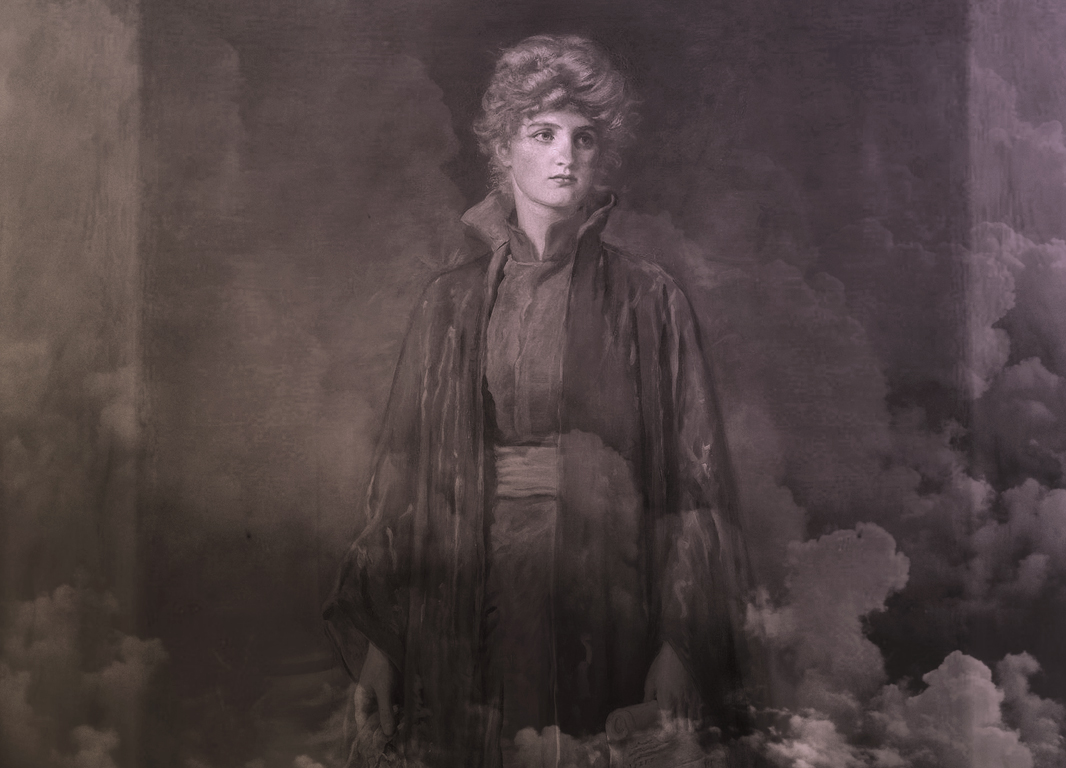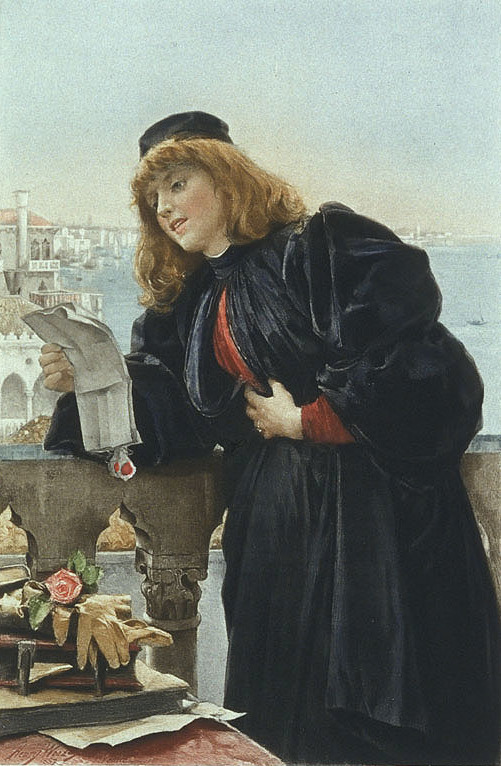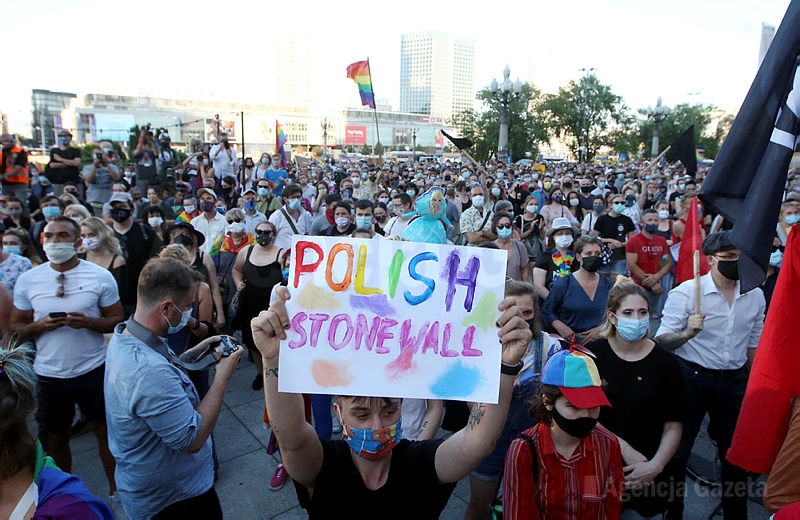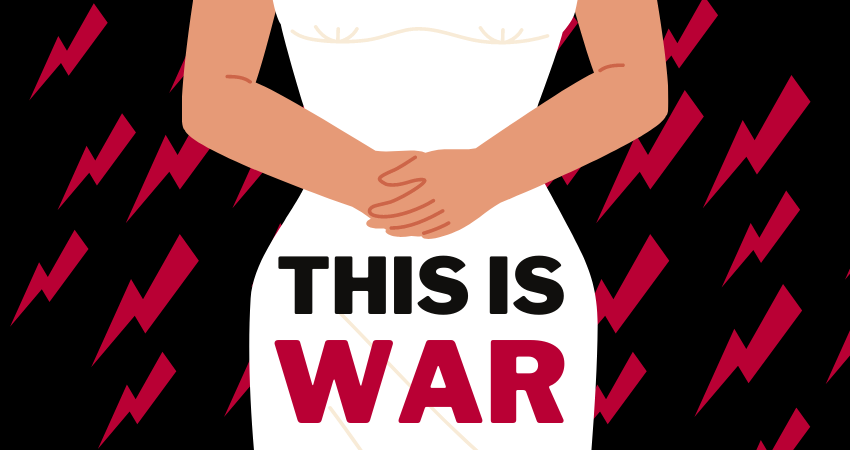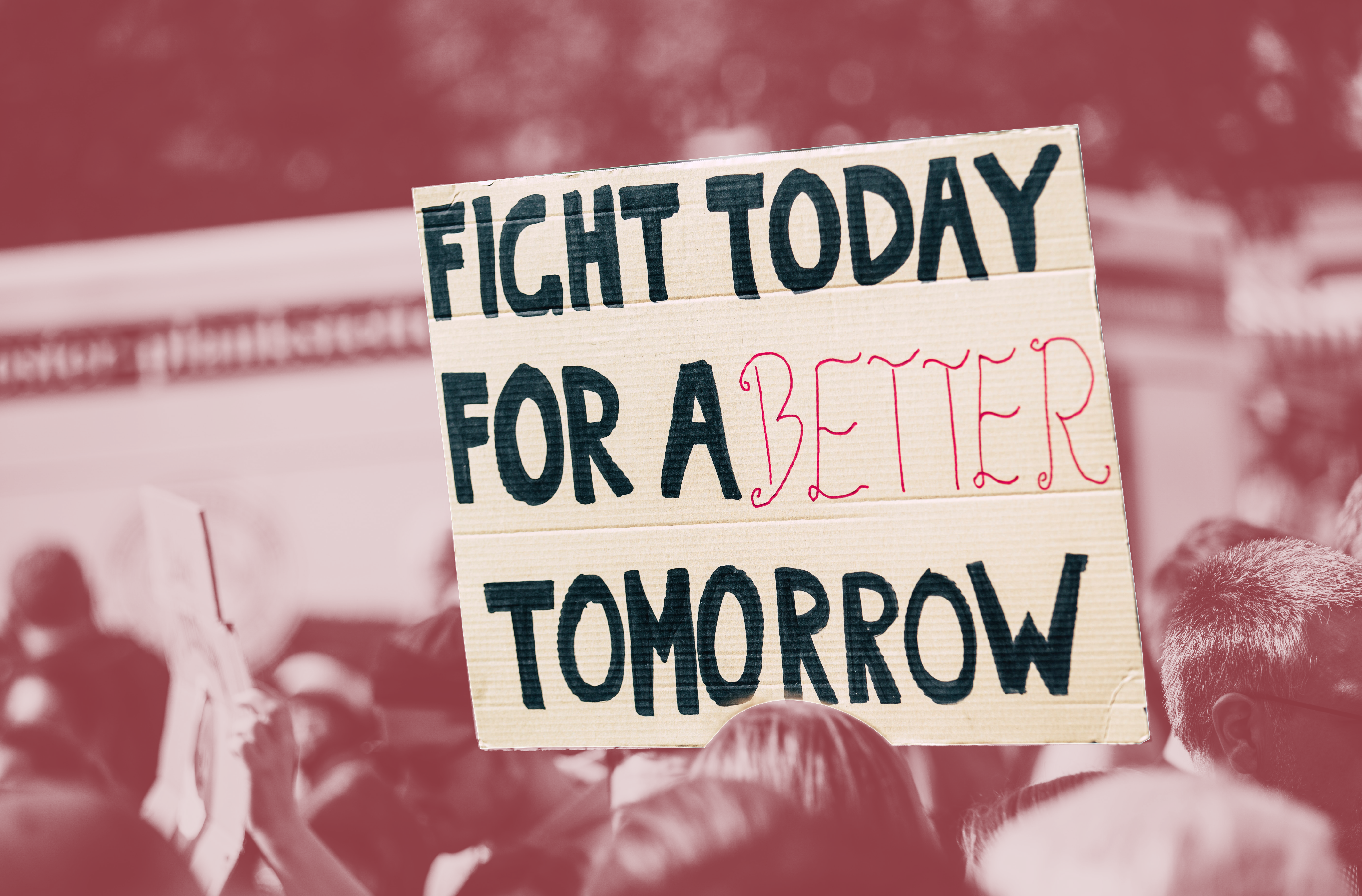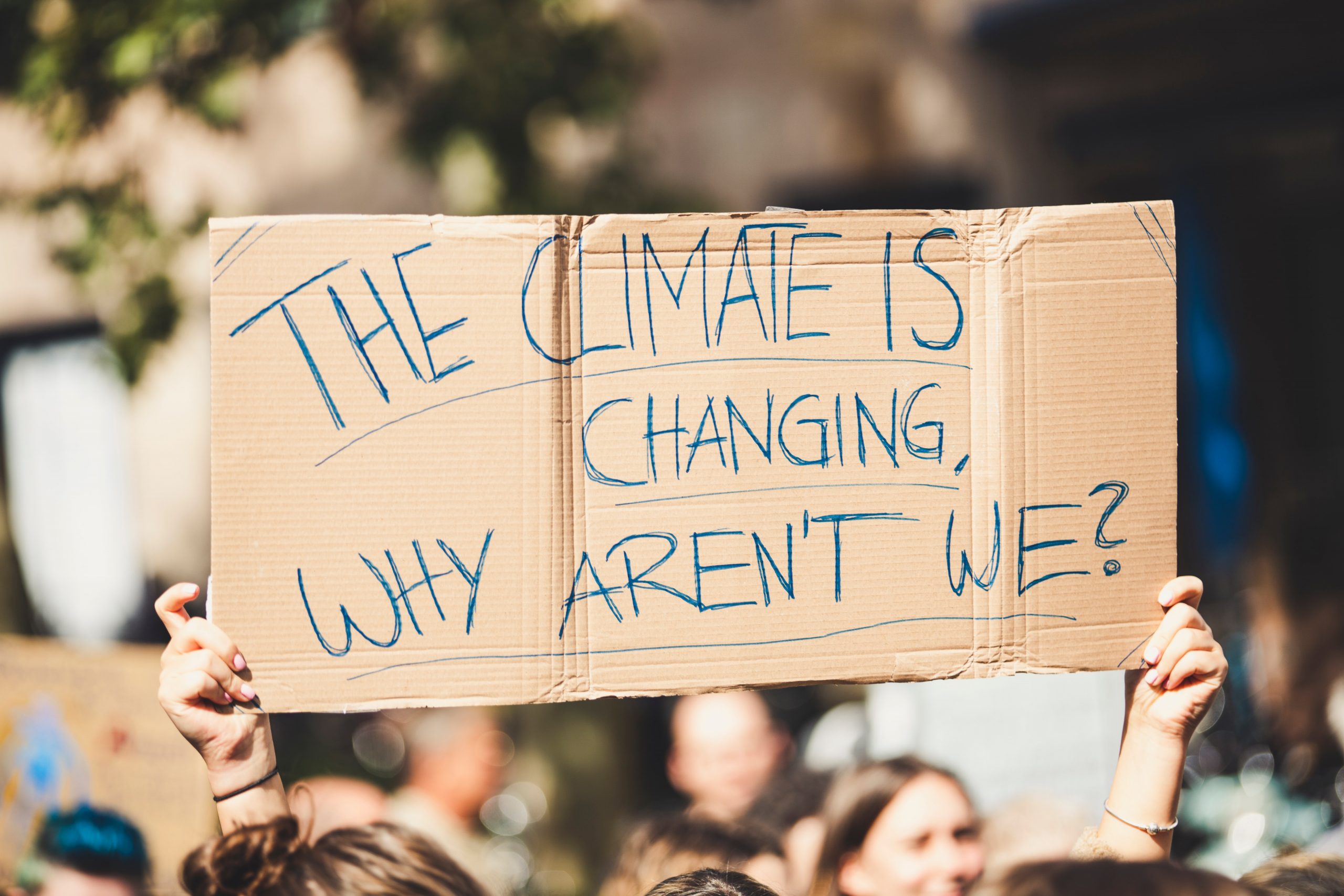Since the dawn of time, femininity and power have never been interchangeable. A powerful woman is often someone who abandons their femininity to pursue power, or someone whose power is afforded to them by their male counterparts due to their femininity being used as a tool to please the opposite gender.
Femininity, in the early modern era was characterised by virtue. Virtue being defined through a woman’s sexuality – her chastity and innocence, more specifically. If a woman was faithful to her husband or stayed a virgin until marriage, she was considered virtuous and therefore a figure of womanhood. If she were promiscuous, she would be considered less than. This idea of femininity is held entirely in the hands of men. A chaste woman was a perfect woman.
For example, Aemilia Lanier, a poet in the renaissance era, was considered to be the woman Shakespeare had called the “dark lady” in his sonnets. The name refers to her promiscuity and the ways in which she expressed her female sexuality. Shakespeare gave her a title and literary scholars, even today, still associate her with that title. Lanier is an incredible poet in her own right, who revolutionised the world of female poets through her work, yet she is still somehow associated with a label given to her by a man. A man who, frankly, had no business calling her anything.
Shakespeare isn’t a stranger to the presentation of femininity and power being near opposites. His female characters, with whom he affords little doses of power are often slightly, if not completely removed from their femininity and that which makes them women. In Merchant of Venice, Portia is a character with a visible amount of power only because she is in disguise as a man.
A woman’s masculinity is not to be shunned but isn’t it telling how powerful female Shakespearean characters have considerably more traditionally masculine traits than they do feminine?
Lady Macbeth, arguably one of the greatest women in Shakespearean bibliography, is another example of this. In Act One Scene Five, Lady Macbeth says, “unsex me here… turn my milk into gall.” Her femininity is characterised by the “milk”, which is suggestive of motherhood which was one of the sole functions of a woman in that period. Through the disgusting and violent image of turning her femininity into something as disgusting as “gall”, She is essentially removing that which makes her female to aid her husband in attaining power. Without this femininity, she is powerful, even if that power withers away along with her mental stability throughout the course of the play.
Even in a modern society, femininity isn’t always associated with power, unless that power is afforded to her by a man.
Congresswoman Alexandria Ocasio-Cortez drew on this idea when she describes how “women who wear a decent amount of makeup every day to their office of work tend to make more money. When this happens, it stops being about choice – about whether a woman chooses to wear makeup because she wants to, and it begins to be about patriarchy. If we look attractive to men, then we will be compensated for it.” A woman’s success within the workplace relies on how their femininity is viewed by men, and whether they are appealing to men.
A woman in power has her appearance scrutinised far more than a man in power. This, in a way, seemingly undermines how they are viewed by society. It also means that every detail must be perfect constantly; they can’t afford to be on the receiving end of bad press.
The power afforded to women is very fragile. They have broken through the glass ceiling, but the floor is now made of glass, and the force of your feet on the glass makes it all the more breakable.
The patriarchy is gravity, and it’s working against you.
Femininity itself has been constantly redefined. That which made women feminine or “a real woman” changed drastically in the 70s, following the second wave of feminism.
Before this period, women were exclusively involved in only domestic affairs; they were housewives and mothers. The patriarchy preached that a woman’s place was in the kitchen or caring for her children. The kitchen was the woman’s world, and she must take care of it as if it were an extension of herself and a display of her femininity. Even a woman’s wardrobe served a similar purpose. Women were usually entirely covered but their feminine features (waist, hips, breasts) were accentuated; the accentuation of these areas involved a lot of tight-fitted clothing. The women were literally trapped and suffocated in their displays of femininity. These displays of femininity that really only benefited the male-centred society.
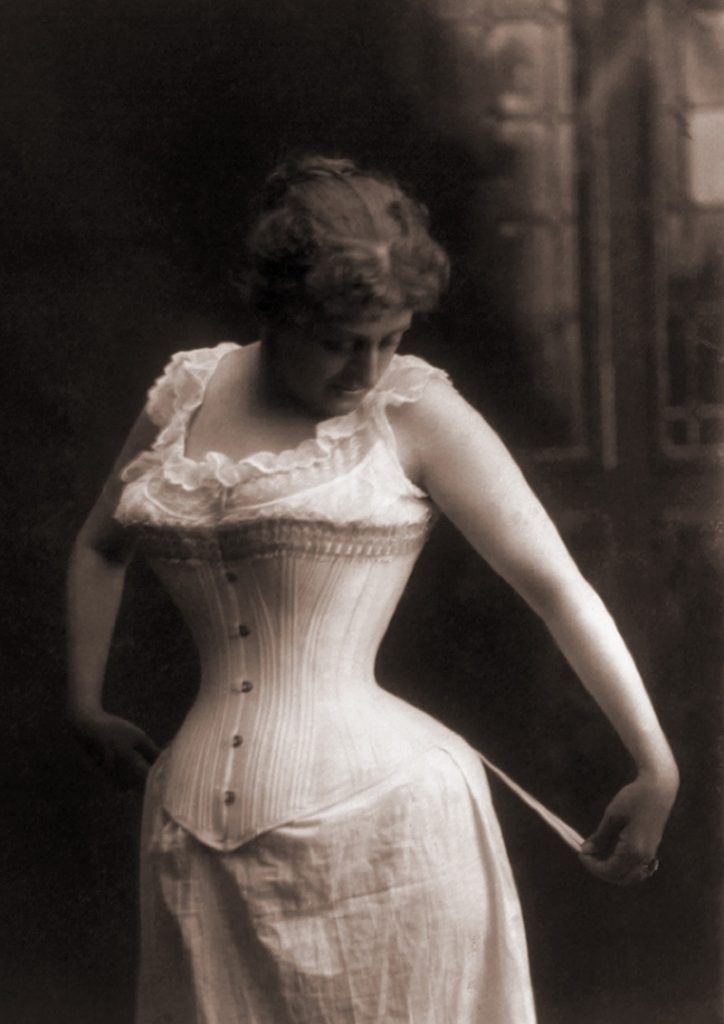
The second wave of feminism sought to abolish these ideals of femininity; women became anti-marriage, anti-children, and rejected all the physical displays of femininity. In this time, femininity was deemed to be a weakness and any aspects of life that made women lesser then men (marriage and even heterosexual relationships) were shunned. Therefore, during the second wave of feminism, if a woman wanted to hold power, she had to abandon her femininity in order to do so.
Then came the period after the second wave of feminism, where femininity was defined less by domesticity and weakness and was instead defined by resilience. From the onset this seems like a powerful word, right? The ability to overcome trauma and hardships. But resilience assumes catastrophe. It assumes that something is hard and needs to be overcome.
Essentially resilience and the act of being resilient relies on inequalities and unfairness.
Robin James in her article, “Look I overcame!” Describes how resilience became the new norm that was specifically feminine. It required women and girls not to be fragile and protected, but that they needed to overcome damage and that made them stronger. This may seem like it challenges the system, at a glance, but really it strengthens it. If a woman, or anyone can overcome hardship they are almost setting an example for others to follow, and therefore the system is less likely to be changed because there is proof that people can overcome it. A “real” woman can only exist in broken and unequal systems.
If you think about the powerful women today, a lot of them, if not most of them have had to overcome hardship or have defied the patriarchy somehow. They’ve had to fight for a seat at the table. Men don’t have to, the table is already reserved for men, their names are already written on tiny cards at their seats. Women have to pull up a chair, make room for themselves and even when they’ve done that, they have to always fight to make their voices heard. And they continue fighting despite the sexist backlash and snide comments and hardships that are thrown at them.
So, if there wasn’t inequality, if women didn’t have to fight, they wouldn’t be considered resilient and thus they wouldn’t be considered to be powerful women. So again, in a less direct way, a woman’s power is afforded to her by men. By the patriarchal society. Therefore, the definition of femininity and womanhood are defined by men, even if this is not as clear as it once was.
You can find Aisha Sodawala blogging at www.ashspillstheink.com, and you can follow her on Instagram at @ashspillstheink.

